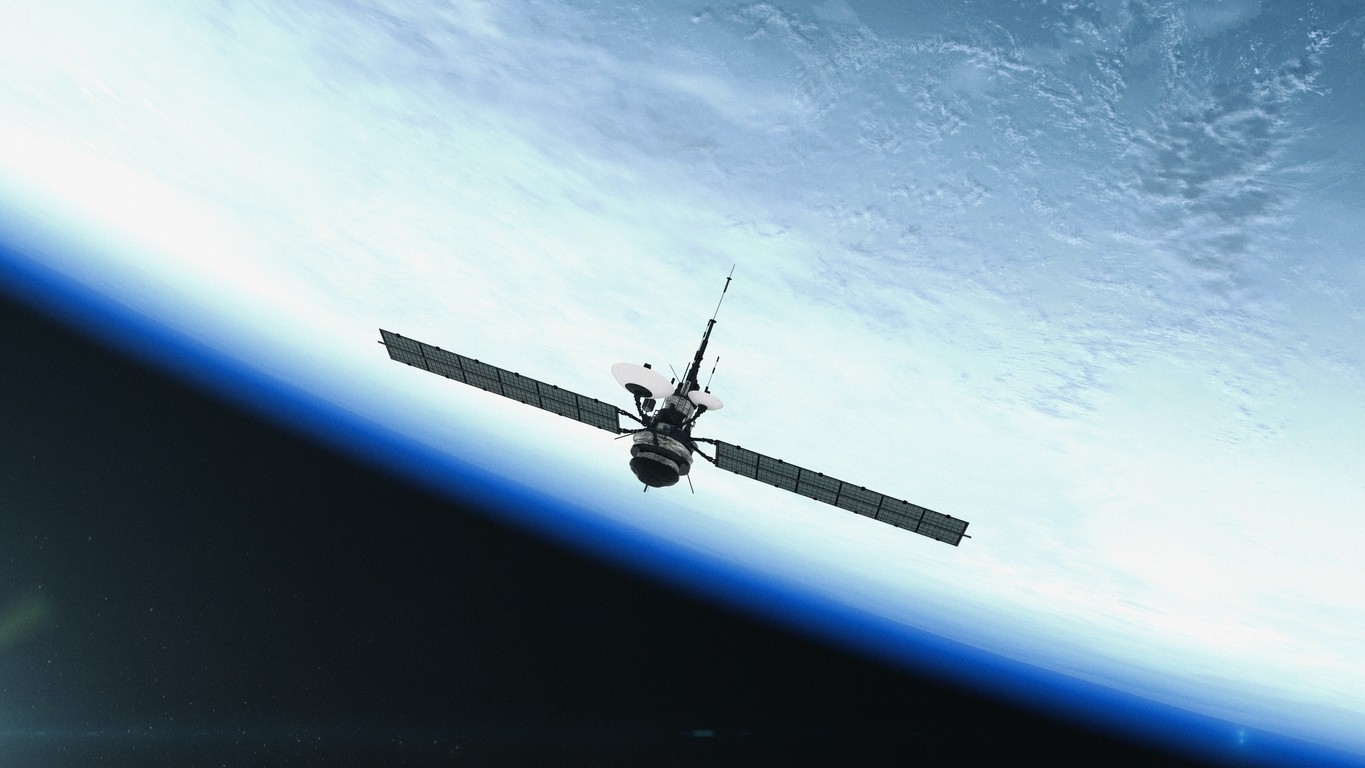A&D Dealmakers Persist Amid Frustratingly Slow M&A Recovery
Experts at ACG Los Angeles’ Aerospace & Defense forum discuss investment opportunity in a challenging market

Pockets of the aerospace and defense (A&D) market were hit particularly hard during the pandemic due to factors including supply chain bottlenecks and plummeting commercial travel volume. Still, the innovative A&D arena is approaching new horizons in space travel, aircraft design, defense system sophistication and beyond.
When it comes to M&A activity, however, investors and sellers aren’t having the year they hoped for. Panelists at ACG Los Angeles’ recent Aerospace & Defense Middle Market Leadership Forum, held Sept. 28 in Beverly Hills, discussed which niches of A&D remain resilient and why their expectations for a rebound in dealmaking volume have had to shift.
Total A&D transaction volume for the first half of 2023 reached $9 billion across 216 deals, according to PwC data. That compares to $13 billion worth of transactions across 307 deals in the first half of 2022.
For operators and dealmakers who had expected a year of M&A recovery in the sector, it seems patience is key: “2024 is the new 2023,” noted several event speakers.
Defense Spending Skyrockets
Within the A&D industry, experts say defense is among the strongest niches. Michael J. Richter, managing director and global head of Lazard’s Aerospace & Defense Investment Banking Group, pointed to geopolitical challenges linked to the ongoing invasion in Ukraine and escalating tensions between the U.S. and China as drivers of defense investment.
“The U.S. and NATO countries are boosting defense spending to record levels in order to modernize militaries and bolster their tactical capabilities,” he said during his A&D M&A Market Activity presentation.
It remains to be seen how the escalating conflict in Israel could impact U.S. defense spending.
Space is another pocket of A&D that has remained resilient thanks to hefty government funding. Earlier this year, the U.S. Department of Defense requested an annual budget that would increase its spending beyond $1 trillion in a few years, according to Associated Press reports. Space defense technologies will be a key investment focus for the DOD, “presenting opportunities for savvy market investors,” said Richter, who highlighted launch systems, communication and payload electronics, and analytics tools as attractive acquisition targets.
Investors Pulled Back Down to Earth
Space and defense may be bright spots in today’s market, but ongoing challenges in other areas of A&D are bringing potential dealmakers back down to earth.
Supply chain issues that have largely eased for many industries continue to plague A&D niches like commercial aerospace. Richter pointed out that castings and forgings production has lagged behind demand (though there are signs output is catching up, he said). Material scarcity and labor shortages further exacerbate aircraft parts manufacturing squeezes. But for savvy investors, these challenges could present an investment opportunity. “Vertical integration and M&A are seen as a way to potentially alleviate some of those (supply chain) bottlenecks,” Richter noted.
Related content: Aerospace and Defense: Worth the Risk for PE Firms
Parts suppliers are also facing a new source of cash flow pressure: long-term contracts whose pricing agreements did not account for inflation. With the cost of capital high, some operators could soon be looking for an exit. “What we’re seeing is that owners may not have a transition plan,” noted Alex Krutz, a managing director at A&D consulting group Patriot Industrial Partners, during his discussion, titled The Great Ramp Up and the A&D Supplier Outlook. “They may have limited or no capex (capital expenditures) when they don’t have funding. They’re not investing in the business, and they’re letting contracts expire.”
The Barbell Effect
While A&D dealmaking volume didn’t reach the levels industry insiders hoped for this year, deals are getting done. Richter noted that M&A activity is mimicking a barbell shape: small-value deals and large-value deals are driving the most volume.
“Where we see pressure, unfortunately, is in the middle market, which has been heavily impacted by the credit markets,” Richter said, though he added that direct lenders have stepped in to support the mid-market’s capital needs.
Event speakers encouraged investors to focus on the industry’s current strengths and closely watch how areas of weakness recover.
For example, while commercial aerospace faces headwinds, there will be rising demand for next-generation engines made with more expensive and complex materials. As a result, demand for aeroengine MRO (maintenance, repair and operations) services will rise, too. And, considering the rising cost of next-gen parts and components, Richter noted that aircraft builders (and their investors) will want to capitalize on more cost-effective alternatives to original equipment manufacturer parts, like aftermarket parts.
Related content: Aerospace and Defense Seeks Opportunity in a Challenging Climate
Dr. Shahin Farshchi, a general partner at venture capital firm Lux Capital, said that regardless of which pocket of A&D investors pursue, it’s important that targets demonstrate high growth and high margins. Innovators don’t necessarily have to go to market with their technologies to receive backing; rather, they can create demand for an emerging product that will yield successful exits for early investors and create attractive targets for new acquirers. Speaking during the Funding the Space Industry: Now and Beyond session, Farshchi added that a company developing technology to colonize Mars, for example, could drive demand and returns for investors well before anyone sets foot on the red planet.
Whether it’s practical investment targets like aftermarket aeroengine parts suppliers, or more innovative technologies for interplanetary exploration, the aerospace and defense market is multifaceted, creating enticing opportunities for both strategic and PE acquirers—even amid frustrating market headwinds.
“In spite of some issues that persist in the market, we truly believe that they’re getting better,” noted Richter. “Hopefully at next year’s conference, we’ll look back and those issues will be a thing of the past.”
Carolyn Vallejo is ACG’s Digital Editor.
Middle Market Growth is produced by the Association for Corporate Growth. To learn more about the organization and how to become a member, visit www.acg.org.


